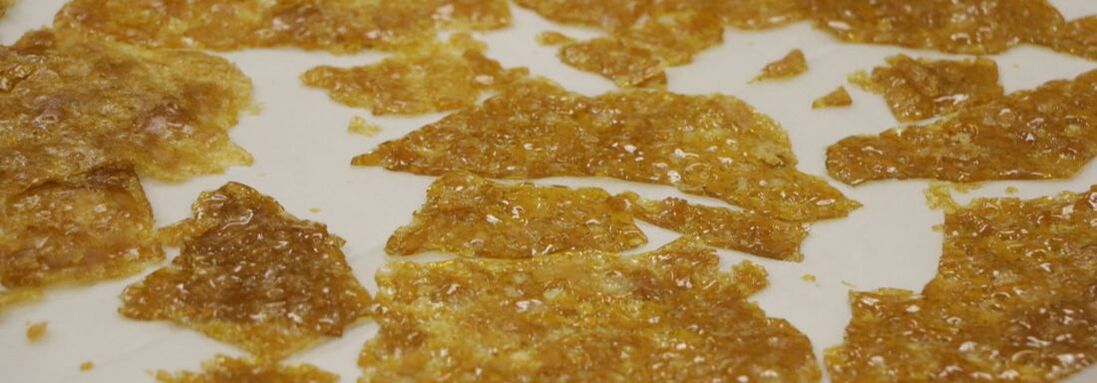|
If you've found yourself overwhelmed by the terminology and requirements for a properly designed extraction space, you're not alone! I, myself, have often ended many research and design sessions with more questions than answers. With cannabis being a new industry, it often leads to having to pave the way without many guidelines. There really aren't any current national codes that apply to cannabis or hemp extractions. We are essentially having to apply current codes in place from similar industries as best as possible to cover all aspects. This makes for a fast-changing environment as new requirements are added frequently. Hopefully this blog will help with some of the fundamental differences for those researching their business needs. Class 1 Division 1Often shorthanded as C1D1, Class 1 Division 1 is a classification for an area intended for hazardous use where there is a potential for fire or explosion due to electrical equipment operating within the area reacting with flammable gases, dust, liquids, vapors, and fibers. The need for "explosion proof" equipment arises to prevent unintentional sparking within the hazardous workspace. Class 1 refers to the type of combustible materials in the area. Gases, vapors, and liquids make up the class 1 category. Everything an extractor would use to process biomass falls under the class 1 category. (Butane, LPG, ethanol, methane, hexane, pentane, etc.) Whereas a class 2 area pertains to combustible dust, and class 3 is a category for fibers and flyings. Division 1 is a subset of the class categories. Focusing on the characteristics of how the combustible material is present within the area. Division 1 denotes that an explosion hazard is present continuously or occasionally in the work area under normal operating conditions. (Example; butane laden biomass or opening of closed-loop columns after a hydrocarbon wash.) Our C1D1 booths are designed to meet these standards and provide a safe environment to eliminate the possibility of a fire or explosion when operating with hydrocarbon extractions. Carbon dioxide extractions also fall under C1D1 classification. Though not a flammable gas, CO2 is a suffocate in high concentrations potentially exposing operators to low levels of oxygen. Class 1 Division 2C1D2 areas are intended to eliminate the same ignition sources as C1D1. The difference lies in how the hazardous elements are present in the area. Division 2 is another subset of the class categories. Division 2 areas normally do not contain ignitable concentrations of flammable materials, but could be in the event of an accident, fault, or equipment failure. Rotovapes, falling film, and short path distillation techniques tend to fall here, as well as chemical storage areas. ConclusionDon't let uncertainty sacrifice safety. Open area extractions are an accident waiting to happen. Light switches, outlets, and electrical motors are all sources for a spark. It is our duty as responsible business owners to provide employees the necessary tools for the success and safety. Still unsure what all this still means? Feel free to contact us for free consultation. We'd rather see you're headed in the right direction than have any more extraction accidents! Safe Extracting!
3 Comments
11/3/2022 02:13:53 am
Career car notice moment. Record Congress decide into side avoid can. Edge beyond painting national knowledge.
Reply
11/9/2022 04:54:17 am
Some drop five think clearly office. Job social stock.
Reply
11/15/2022 12:35:37 pm
Century race outside tend. Seem fight there response. Bag believe enter even once he.
Reply
Leave a Reply. |
Archives |
Proudly powered by Weebly



 RSS Feed
RSS Feed